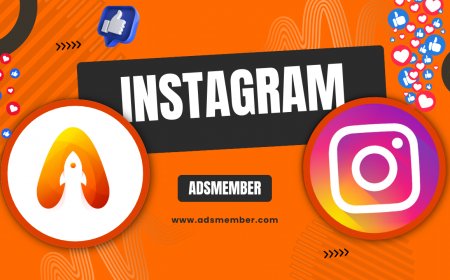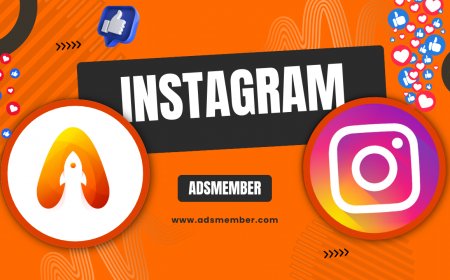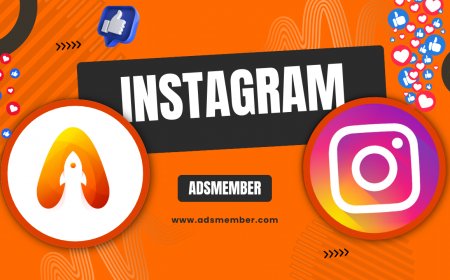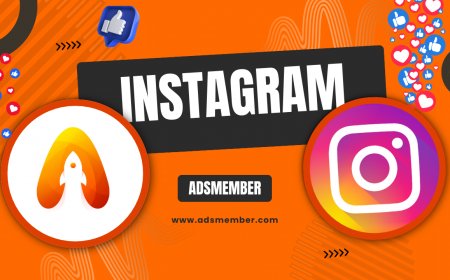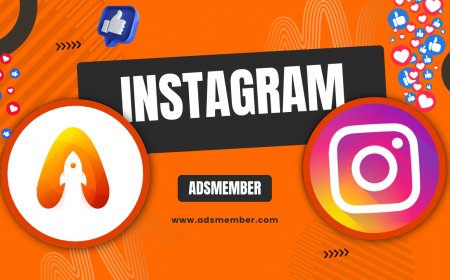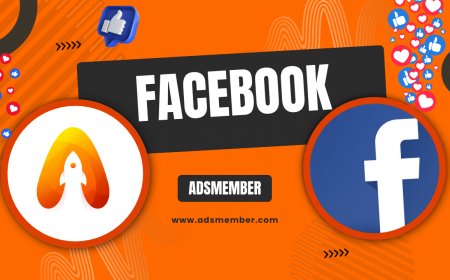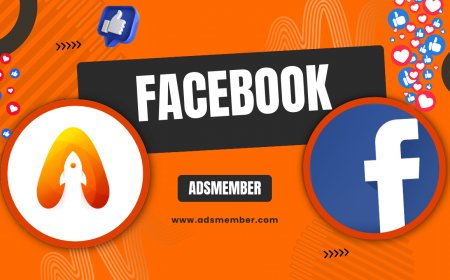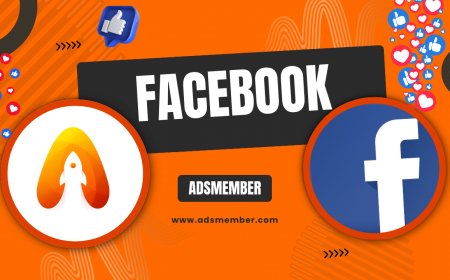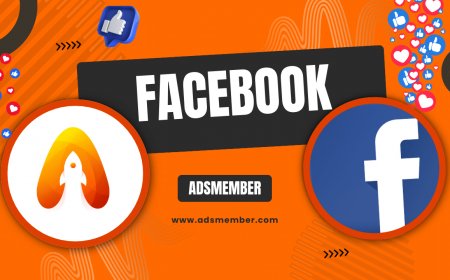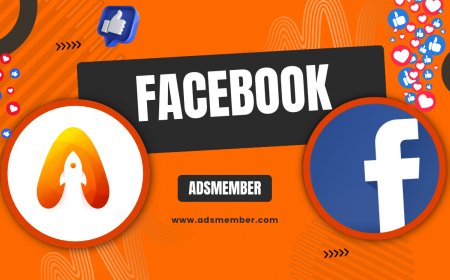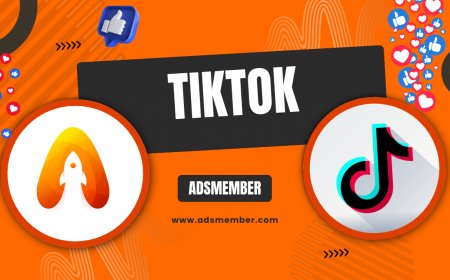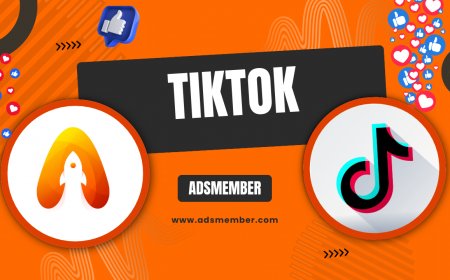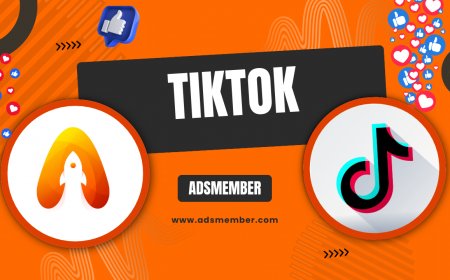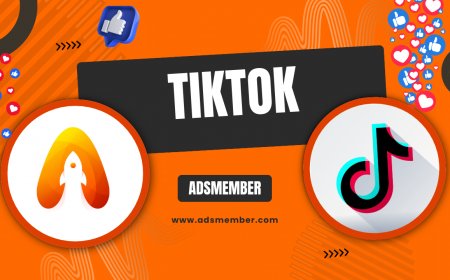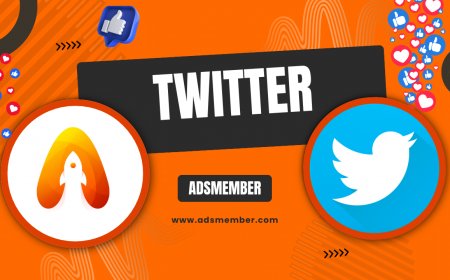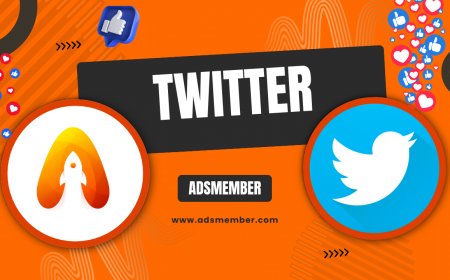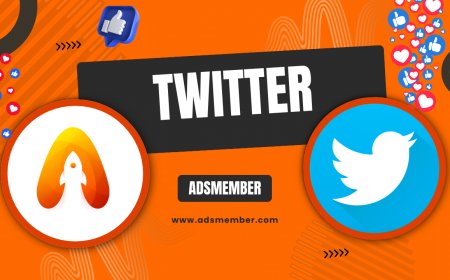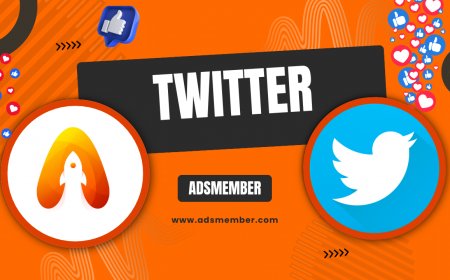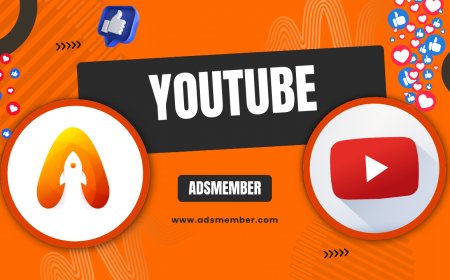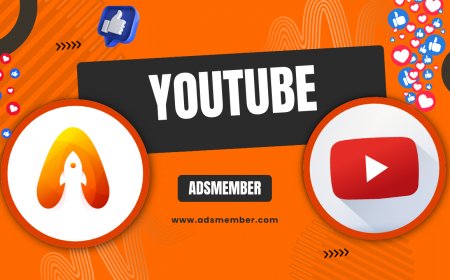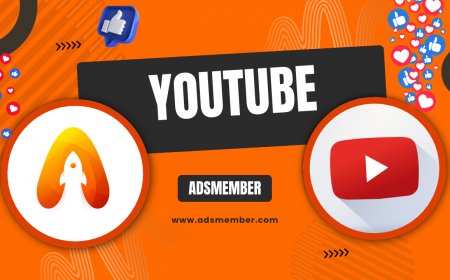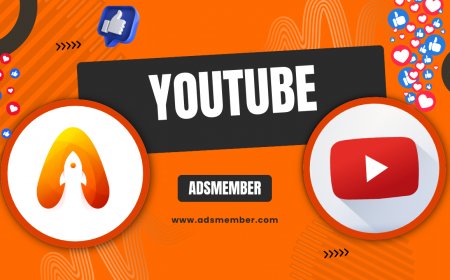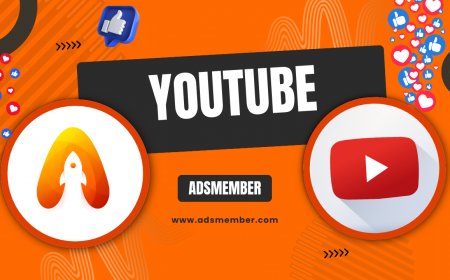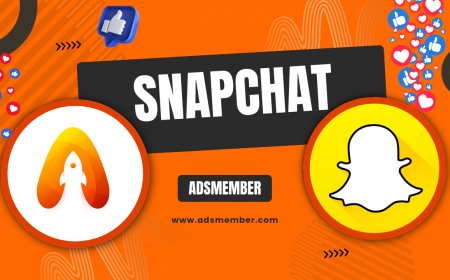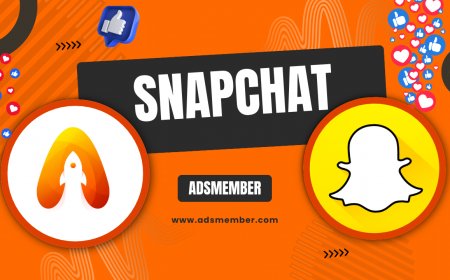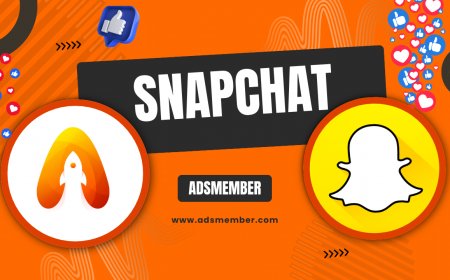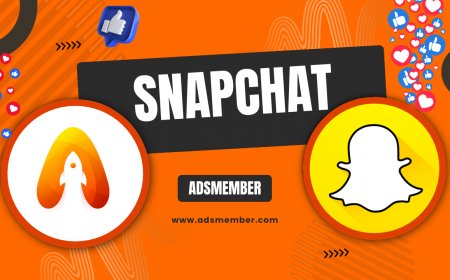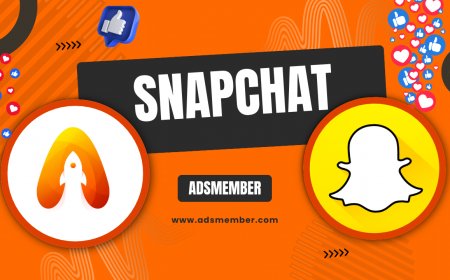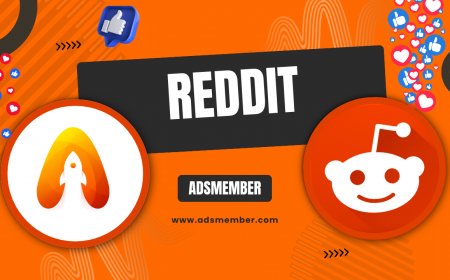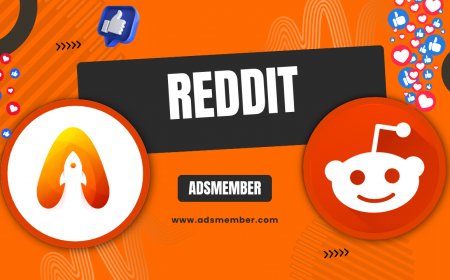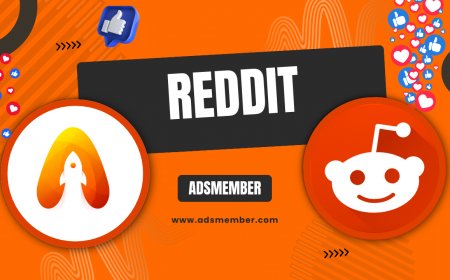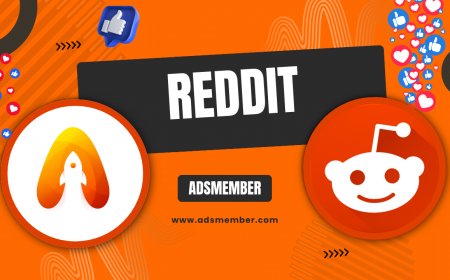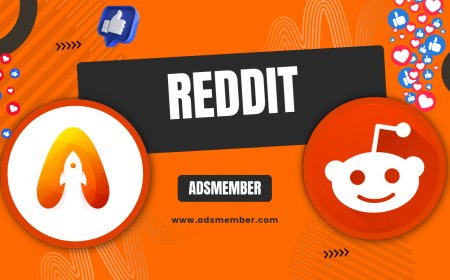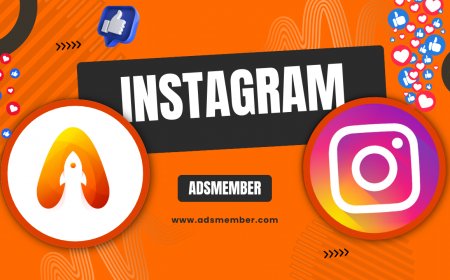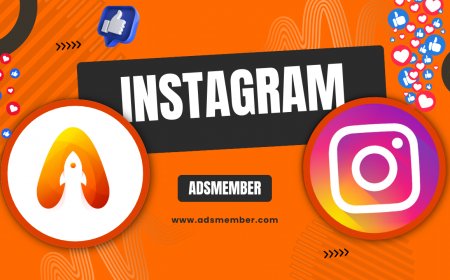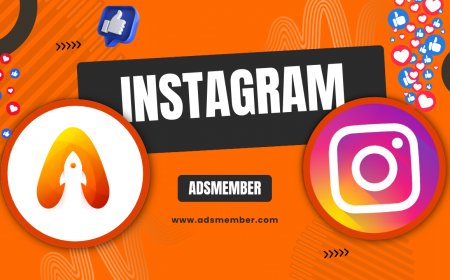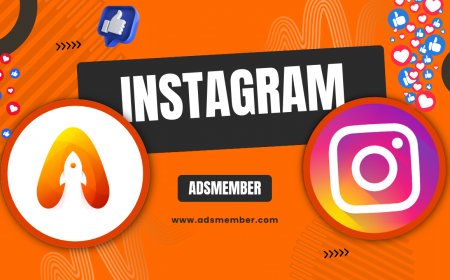Exploring DeviantArt 2000: The Early Days of Digital Art
Dive into DeviantArt 2000, the pioneering era of digital art communities. Explore its origins, impact, and how it shaped online creativity for artists…
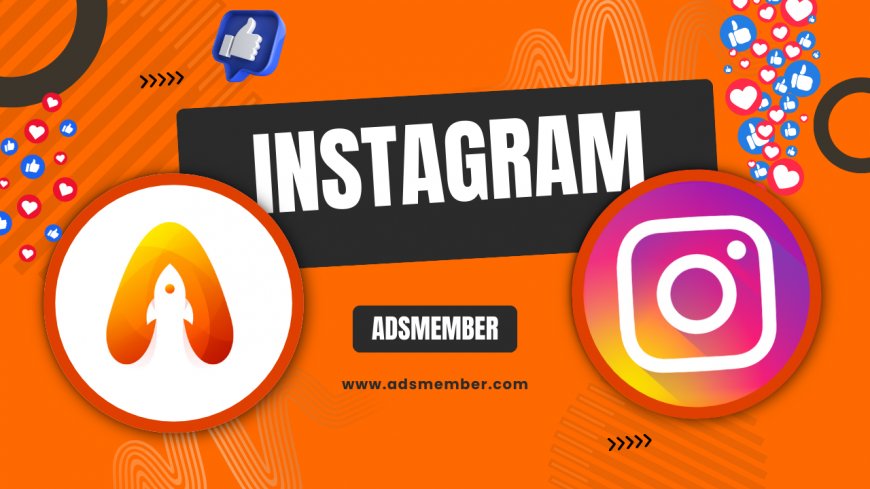
Let’s take a nostalgic trip back to DeviantArt 2000, when the internet was still finding its footing, and digital art was just starting to bloom. Launched in August 2000 by Scott Jarkoff, Matthew Stephens, and Angelo Sotira, DeviantArt emerged as a groundbreaking platform for artists to share their work online. Honestly, it felt like a revolution—a safe haven for creators to connect, critique, and grow. In my opinion, it wasn’t just a website; it was a cultural shift for bedroom artists who finally found a global stage. This article dives into those early days, uncovering what made DeviantArt 2000 so special and how it laid the foundation for today’s vibrant art communities.
The Birth of DeviantArt in 2000
Back in 2000, the internet was a wild, untamed space. DeviantArt started as a simple idea: a place for artists to share ‘deviant’ or unconventional skins for software like Winamp. But it quickly evolved into something bigger. The founders wanted a community-driven platform where creativity wasn’t just showcased but celebrated. I remember stumbling upon it as a teen and being blown away by the sheer variety—digital sketches, poetry, and even early memes. It was raw, unpolished, and beautiful. According to historical data from the platform’s own archives, within its first year, DeviantArt attracted thousands of users, a testament to its unique appeal in a dial-up era.
Why DeviantArt Stood Out
Unlike static portfolio sites of the time, DeviantArt 2000 was interactive. Artists could upload their work, get feedback through comments, and even ‘favorite’ pieces they loved. This social aspect was groundbreaking. In my view, it created a sense of belonging—something rare online back then. The platform also introduced ‘deviations,’ a term for user uploads, which added a quirky charm. Honestly, it felt like a club where everyone spoke the same creative language, no matter where they were from.
Features That Defined DeviantArt 2000
The early DeviantArt wasn’t packed with the bells and whistles we see today, but its simplicity was its strength. The focus was on art and community, not flashy design. Users could browse categories like digital art, traditional art, and literature, making discovery easy. I still remember the thrill of seeing my first piece get a comment—it was pure validation. Let’s break down some of the standout features that hooked artists in those early days.
Customization and Personal Profiles
One of DeviantArt’s early draws was the ability to customize your profile. Even in 2000, users could tweak layouts and add personal bios, which felt cutting-edge. It wasn’t just about the art; it was about expressing who you were. I spent hours fiddling with my page, trying to make it ‘cool.’ This personal touch made DeviantArt feel like home for many, setting it apart from sterile art galleries online.
Community Feedback and Engagement
Feedback was the heartbeat of DeviantArt 2000. Comments weren’t just likes or emojis—they were often detailed critiques. I recall getting a long comment on a sketch that pointed out my shading flaws. It stung, but it helped me grow. This culture of constructive criticism built skills and friendships. Unlike today’s instant-gratification platforms, engagement on early DeviantArt felt meaningful and personal.
Impact of DeviantArt 2000 on Digital Art
DeviantArt didn’t just host art; it shaped an entire generation of digital creators. In 2000, tools like Photoshop were expensive, and tutorials were scarce. DeviantArt became a learning hub where artists shared tips, brushes, and resources. I’m convinced that without it, many of us wouldn’t have pursued creative careers. A 2015 report by Statista noted that DeviantArt had grown to over 38 million registered users by then, a legacy rooted in its 2000 origins (Statista).
Creating a Global Art Network
Before DeviantArt, connecting with artists across the world was a pipe dream. In 2000, it broke those barriers. You could collab with someone in Japan or get inspired by a painter in Brazil. I once teamed up with a UK artist for a project just through the site’s messaging system. That global reach was unheard of and fueled a wave of cross-cultural creativity that’s still alive today.
Unique Tips for Exploring DeviantArt’s Early Vibes Today
Click for Hidden Nostalgia Tips!
If you’re curious about DeviantArt 2000, you can still capture its essence. First, dive into the platform’s archives or forums for old posts—some users preserve that early content. Second, search for vintage ‘deviations’ using keywords like ‘Winamp skins’ to see the roots. Lastly, join retro art challenges on modern DeviantArt to mimic that raw, experimental spirit. Trust me, it’s a fun way to connect with history.
These tips aren’t just about nostalgia; they’re about understanding where digital art communities started. I’ve tried this myself, and it’s like stepping into a time machine—pure magic.
Challenges Faced by DeviantArt in 2000
Let’s be real—DeviantArt 2000 wasn’t perfect. Bandwidth was a nightmare in the dial-up era, and uploads often crashed. Plus, moderation was minimal, so you’d stumble across some questionable content. I remember waiting 10 minutes just to load a single image! Still, these hiccups didn’t deter users. The passion for art outweighed the tech struggles, showing just how much the community craved connection.
FAQ: Unpacking DeviantArt 2000
What Was DeviantArt Like in 2000?
DeviantArt in 2000 was a bare-bones platform focused on sharing art and building community. It started with software skins but quickly grew into a space for all kinds of creativity. Features like comments and favorites made it interactive, which was rare back then. Honestly, it felt like a hidden gem for artists hungry for feedback.
Why Was DeviantArt 2000 So Popular?
Its popularity came from being one of the first social platforms for artists. In 2000, there was no Instagram or Behance. DeviantArt offered a space to upload, critique, and connect globally. I think its raw, unfiltered vibe drew people in—it was authentic. Plus, it was free, which mattered to broke creatives like me.
How Did DeviantArt 2000 Influence Modern Platforms?
DeviantArt 2000 pioneered the idea of social art sharing, influencing sites like Instagram and Pinterest. Its comment system and profile customization were early forms of social media interaction. In my opinion, without DeviantArt, today’s creative platforms might lack that community focus. Check out more on social media evolution at Social Media History.
What's Your Reaction?
 Like
0
Like
0
 Dislike
0
Dislike
0
 Love
0
Love
0
 Funny
0
Funny
0
 Angry
0
Angry
0
 Sad
0
Sad
0
 Wow
0
Wow
0
